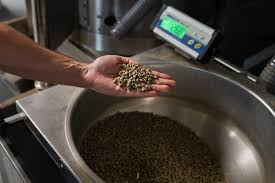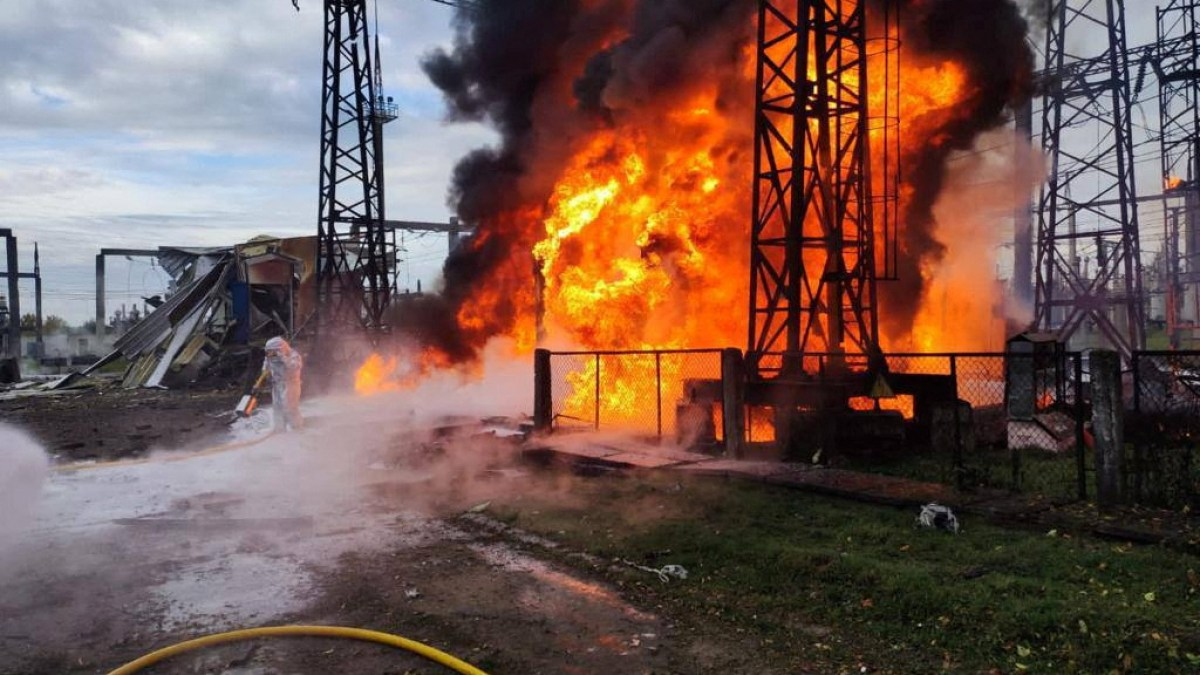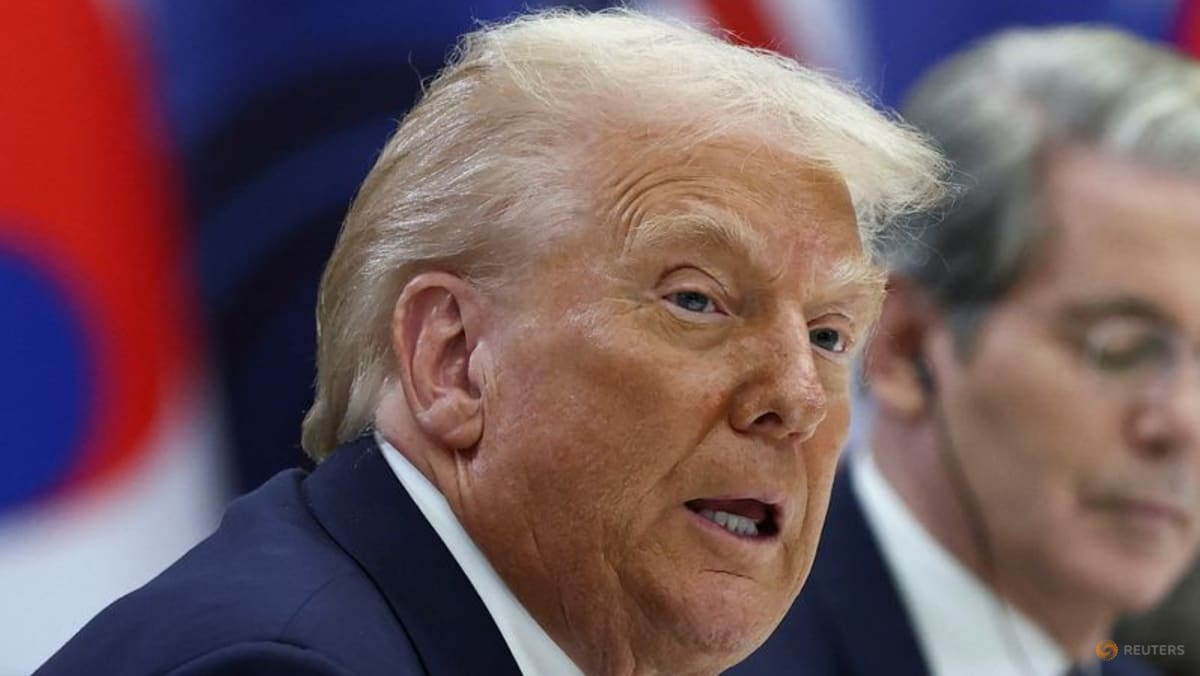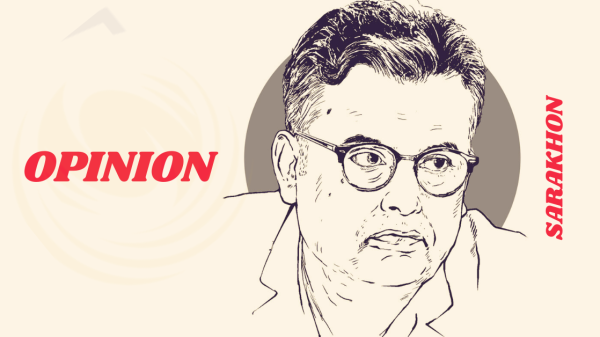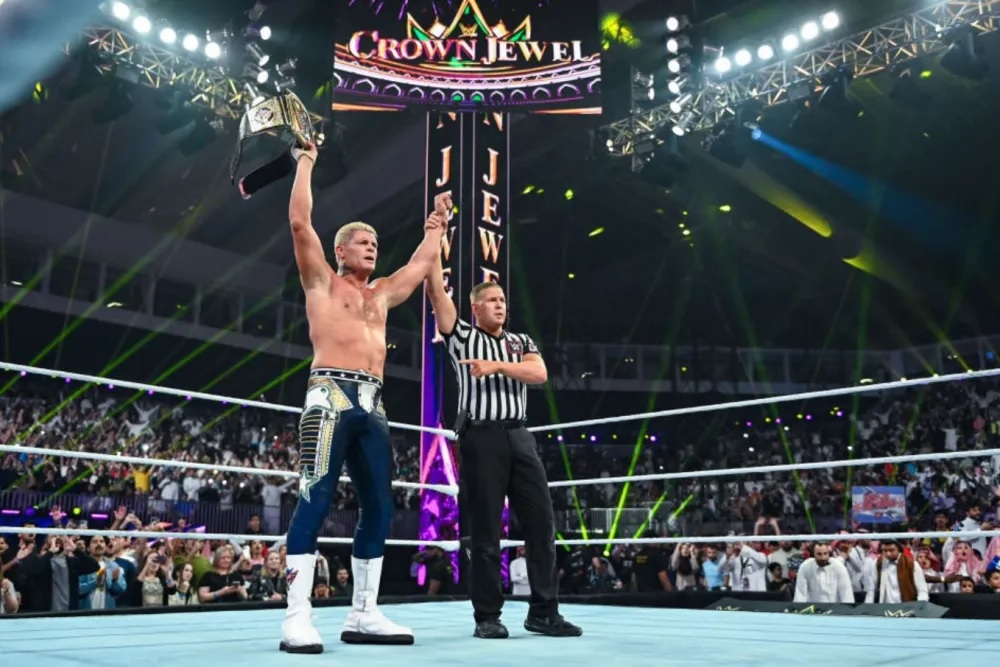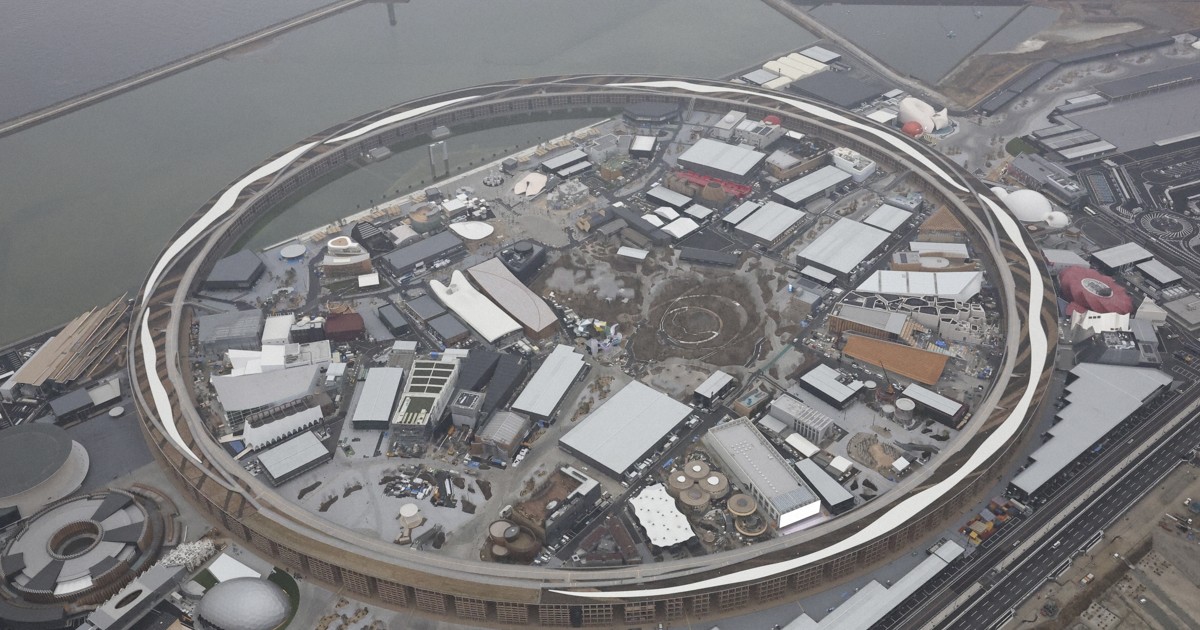U.S. COFFEE PRICES FACE NEW JOLT AS ROASTERS STRUGGLE WITH 50% BRAZIL TARIFF

Supply squeeze, canceled orders, and sticker shock
U.S. coffee roasters are burning through inventories and canceling forward orders after a 50% tariff on Brazilian beans upended supply chains, according to industry sources. Brazil is the world’s largest producer, and many specialty roasters rely on its consistent grades for blends. With higher landed costs, some buyers are testing alternatives from Colombia, Honduras, and Peru, but volumes and cup profiles don’t always match house recipes. Traders warn that replacement beans secured at short notice often carry premiums, plus higher freight and insurance. If talks between Washington and Brasília stall, supermarket prices could jump more than 40% over the coming months, with cafés forced to reprice menus or shrink drink sizes. That filters quickly into household budgets: coffee is a daily staple, and consumers are sensitive to even small increases at the register.

What to watch next—policy, harvests, and consumer pivots
Near-term relief hinges on trade diplomacy and weather. A breakthrough following Trump’s talks with Brazil’s President Luiz Inácio Lula da Silva could lower or suspend the levy, but neither side has signaled a firm timeline. Markets are also tracking Brazil’s upcoming harvest quality and Central American output; a weaker crop would magnify price pressure. Meanwhile, roasters are adjusting blends—dialing up robusta content, revisiting darker roasts to mask variability, or pushing limited-run single origin lots at higher price points. At retail, expect more loyalty-app rewards to cushion hikes and a burst of home-brewing content as brands aim to keep customers from trading down to instant coffee. If tariffs persist into winter, analysts anticipate a second-round effect: café demand shifts toward smaller sizes and at-home consumption rises, changing packaging and promotion strategies for 2026.


